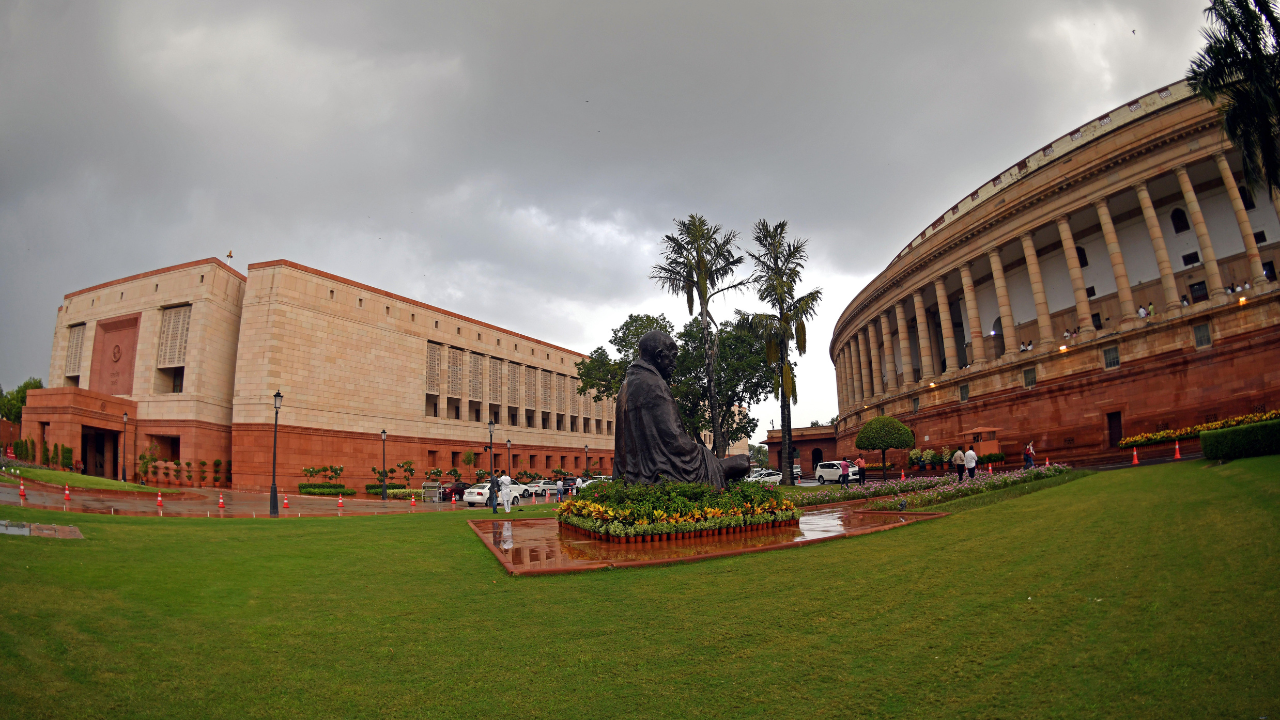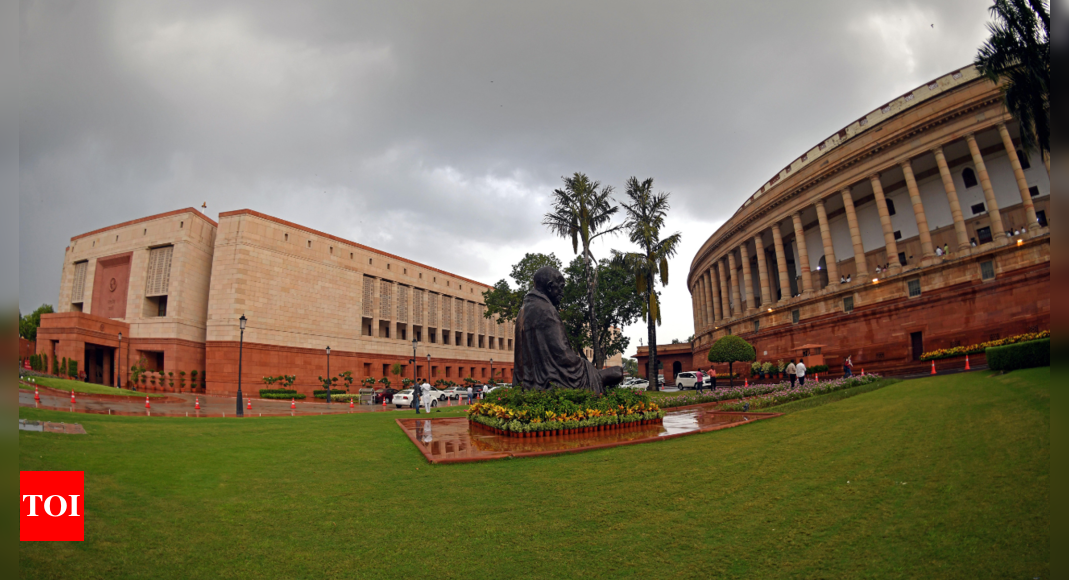
NEW DELHI: The Modi government has formed a committee under former President Ram Nath Kovind to assess the viability of the “one nation, one election” concept.
The move to form a committee comes a day after the government convened a special session of Parliament from September 18-22. However, the government is yet to officially unveil the agenda of the special session of Parliament.
The “one nation, one election” notion opens the door to the potential advancement of Lok Sabha elections, allowing them to coincide with various state assembly elections. However, the “one nation, one election” is not a new concept and it was the practice till 1967.
According to sources, Kovind committee’s mandate is to investigate the practicality of the endeavor and devise a mechanism to facilitate the simultaneous conduct of Lok Sabha and state assembly elections, as was the practice until 1967.
The former president is likely to engage with experts and consult with leaders from diverse political parties regarding the feasibility of the “one nation, one election” move.
Prime Minister Narendra Modi, since ascending to power in 2014, has consistently advocated for the concept of simultaneous elections at all levels, including local bodies. He has cited the financial burden of nearly continuous election cycles and their negative impact on development efforts as the key rationale for this proposal.
The “one nation, one election” does not encompass panchayat elections, state municipality elections, and byelections. However, implementing this plan would necessitate a constitutional amendment, a process that mandates ratification by 50% of the states.
Here’s what “one nation, one election” could mean for the world’s largest democracy:
Those in favour say…
Those opposing it say….
The move to form a committee comes a day after the government convened a special session of Parliament from September 18-22. However, the government is yet to officially unveil the agenda of the special session of Parliament.
The “one nation, one election” notion opens the door to the potential advancement of Lok Sabha elections, allowing them to coincide with various state assembly elections. However, the “one nation, one election” is not a new concept and it was the practice till 1967.
According to sources, Kovind committee’s mandate is to investigate the practicality of the endeavor and devise a mechanism to facilitate the simultaneous conduct of Lok Sabha and state assembly elections, as was the practice until 1967.
The former president is likely to engage with experts and consult with leaders from diverse political parties regarding the feasibility of the “one nation, one election” move.
Prime Minister Narendra Modi, since ascending to power in 2014, has consistently advocated for the concept of simultaneous elections at all levels, including local bodies. He has cited the financial burden of nearly continuous election cycles and their negative impact on development efforts as the key rationale for this proposal.
The “one nation, one election” does not encompass panchayat elections, state municipality elections, and byelections. However, implementing this plan would necessitate a constitutional amendment, a process that mandates ratification by 50% of the states.
Here’s what “one nation, one election” could mean for the world’s largest democracy:
Those in favour say…
- Polling is expensive with the 2019 general elections estimated to be the most expensive election ever conducted.
- According to the Centre for Media Studies, Election Commission (EC) pegs 2019 Lok Sabha polls expenditure at Rs 10,000 crore.
- The non-EC estimate is Rs 60,000 crore, including spending by parties and candidates.
- Simultaneous polls could help save time and money, and governments could get five stable years to focus on governance instead of on winning polls.
- India had simultaneous polls before — general elections and elections to all state assemblies were held together in 1951-52, 1957, 1962 and 1967.
- But under the parliamentary system, the govt requires a majority to rule, which if lost forces legislatures to dissolve and contest in off-cycle re-elections, leading to the current schedule of staggered elections.
- To ensure that a state government doesn’t fall without an alternative, the
Law Commission recommended that a no-confidence motion against a government should be followed by a confidence motion so that if the opposition doesn’t have the numbers to form an alternative government, the regime in office cannot be removed.
- Simultaneous polls will also come at a cost.
- The cost of EVMs would have been Rs 4500 crore if simultaneous polls were held in 2019, according to the Law Commission.
- EVMs also have a lifespan of 15 years, which means under a system of simultaneous polls, each EVM would only be used three times before needing a replacement.
- Even if the government is able to fund new EVMs, the Constitution fundamentally doesn’t allow for simultaneous polls.
- Five articles in the Constitution and the Representation of the People Act (1951) would have to be amended. Every recognised state and national party would have to agree to the change.
- But no proposal so far has made a provision for hung legislatures or the premature dissolution of govts, which would require off cycle repolling.
- As long as the Centre has power to dismiss a state govt (under Article 356), there can’t be simultaneous polls.
- Voters may end up voting on national issues even for state elections, which would benefit larger national parties and marginalise regional parties. Plus, a wave for a person or over an issue may give unbridled power to rule.
Source link

